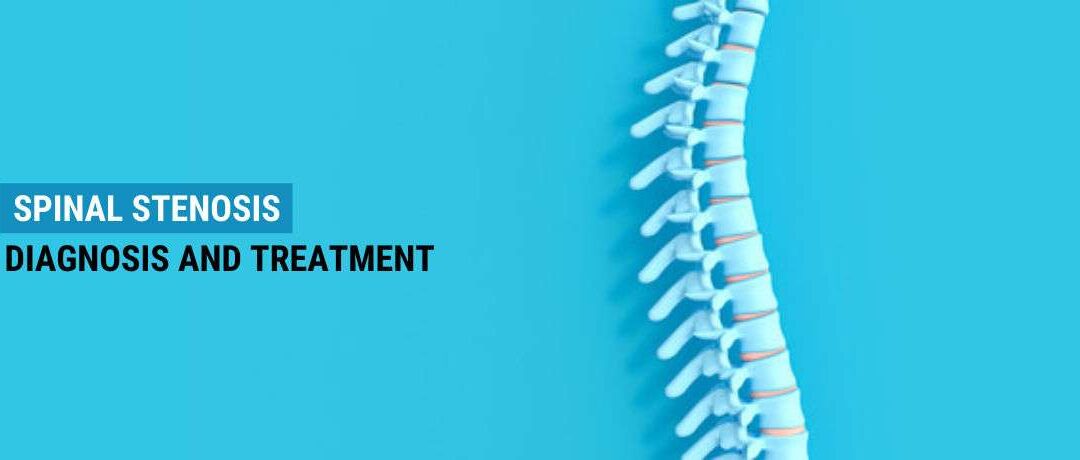As we know, the more miles a vehicle travels, the more likely it is to have wear and tear issues. Our spines work similarly. The spine, like a vehicle, has vital relationships with its moving parts. The automobile can be replaced, but the spine can’t.
Hence, we must take the best possible care of our spine. The end phase of spinal degeneration is known as spinal stenosis. Leg pain while walking is a symptom of spinal stenosis.
If you are diagnosed with spinal stenosis, you should seek immediate medical care from one of the best Neurosurgeons in India. Neurosurgeons are experts in treating spinal conditions medically and surgically. If spinal stenosis is left untreated, it may even cause permanent disability.
So, first, let’s know,
What is Spinal Stenosis and How Does It Affect You?
The spinal canal contains the spinal cord and its nerves. If the spinal canal narrows, the spinal cord and nerves get less space for movement. It causes irritation and discomfort, resulting in spinal stenosis.
Let’s see the,
Spinal Stenosis Symptoms
Based on the exact site of the inflammation and pain, the symptoms of spinal stenosis can differ. Initially, symptoms are moderate but worsen over time. Back and leg pain is a common symptom of spinal stenosis.
Other symptoms include:
- Clumsiness
- Pain while walking
- Frequent falling
- Numbness
- Tingling in arms or hands
- Hot or cold feeling in legs
- Difficulties with bladder and bowel control
Now, let’s discuss the,
Potential Causes of Spinal Stenosis
The possible reasons that result in spinal stenosis include:
- Excess bone growth due to osteoporosis, dislocation, or fracture
- Bulging or herniated discs
- Arthritis
- While some individuals are born with a narrow spinal canal, most cases of spinal stenosis are caused by the ageing process. When we get older, our spinal ligaments can thicken and calcify, and our bones and joints can swell.
- Osteoarthritis and rheumatoid arthritis are two kinds of arthritis that may strip away the surface cartilage and cause bone overgrowth, narrowing the spinal canal.
Let’s know about the,
Spinal Stenosis Diagnosis
The neurosurgeon will record the patient history and perform a physical exam to evaluate the pain and complications to determine spinal stenosis. The neurosurgeon will recommend imaging tests, such as:
- X-ray
- MRI scan
- CT scan
Now, let’s discuss the,
Spinal Stenosis Treatment
Medication
- The most effective medical treatment for spinal stenosis includes analgesics to alleviate pain, anti-inflammatory drugs to suppress inflammation, and muscle relaxants.
- The doctor may advise the patient to restrict physical activity. They may recommend specific exercises or physical therapy to help preserve spinal motion, improve abdominal and back muscles, and increase stamina.
- Besides, a lumbar brace or corset can provide support. Neurosurgeons usually consider surgery only when other options fail to treat the condition.
Surgical Treatment
- The degree of disabling discomfort or injury caused by spinal stenosis is the most critical factor in determining the need to undergo surgery. When the patients can’t walk or take care of themselves as much as they used to, it’s time to consider surgery.
- If no substantial difference has been seen after a minimum of 6 to12 weeks of conservative interventions, surgery should be considered.
- The Laminectomy surgery entails removing the narrowed canal’s posterior bony section (lamina) to “decompress the pinched nerves.”
- Depending on the number of spine levels involved, a laminectomy will take anything from 1 to 3 hours.
- Postoperatively, there are just a few limitations. The majority of patients are free to go home the following day.
- Leg complications are relieved quickly after a decompressive laminectomy. Patients quickly regain lost stamina and walking distance with the aid of physical therapy, ensuring no significant nerve abnormalities are resulting from chronic compression.
- Spondylolisthesis or slipped vertebra is also associated with stenosis. A laminectomy at the same stage will aggravate this slipped vertebra. In cases like these, a spinal fusion is performed concurrently to reduce the risk of back pain caused by spinal dysfunction.
Let’s know the,
Risks Involved in Surgical Treatment
Decompressive surgery carries the same risks as any other medical procedure. The most common risk is associated with anaesthesia. Before undergoing surgery, patients must receive medical approval from their primary care physician or cardiologist. Other complications are:
- Infection
- Dural tears (the nerve sack cuts oozing spinal fluid, corrected during surgery).
- Developing spinal stenosis at varying levels.
To summarise, spinal stenosis is a long-term degenerative condition that progresses over time. Conservative interventions should be used to manage symptoms before one’s standard of life is seriously harmed.
Surgical intervention should then be considered. The benefits of decompression often outweigh the risks, encouraging the individual with spinal stenosis to resume their preferred activities.

